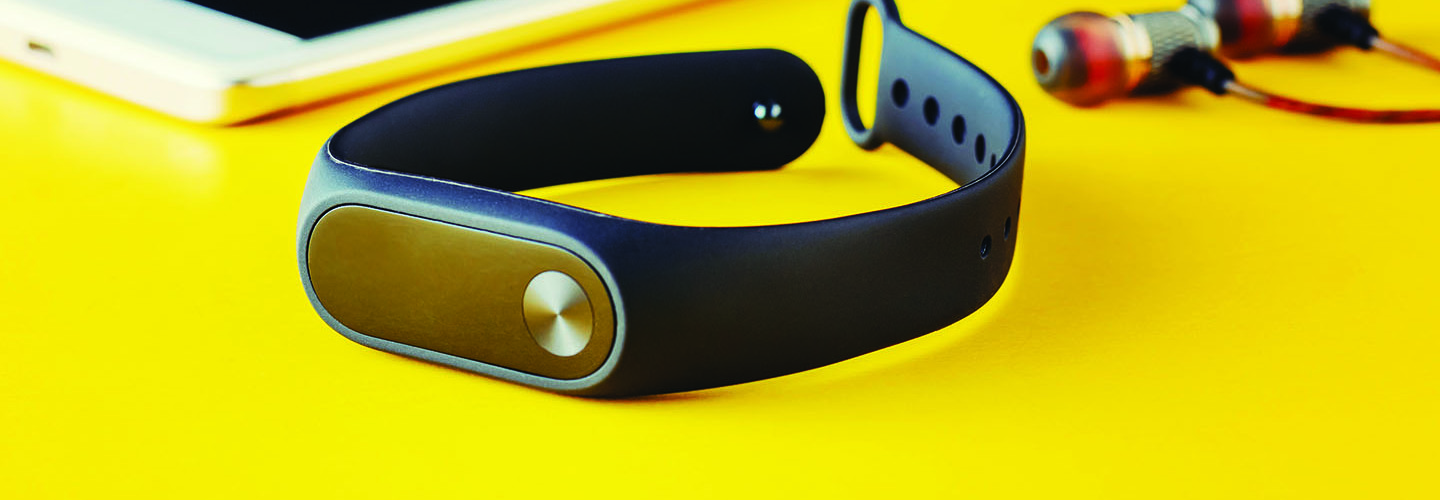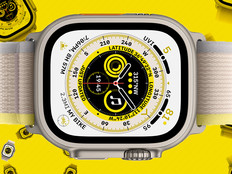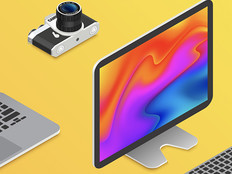For businesses in a range of industries, wearable technology that helps workers with physical tasks is coming — and just in time for an aging workforce: By 2026, more than 37 percent of Americans between 65 and 69 will be actively employed, compared with 22 percent in 1996, according to the Bureau of Labor Statistics.
According to Deloitte, the technology is making workers more valuable “by enhancing their physical and perceptual abilities” and giving them “superhuman strength, endurance, vision hearing and awareness.”
There are many examples of this already being applied. When GE Aviation deployed smartglasses to enhance their mechanics’ work with augmented reality, it saw improved efficiency of up to 12 percent, plus error reduction. Exoskeletons worn by workers at carmaker Audi to help them lift and carry heavy materials have reduced back strain by as much as 30 percent. And the retailer Lowes partnered with the Assistive Robotics Lab at Virginia Tech University to create Exosuits, which help employees with lifting shipments off delivery trucks and moving stock on the showroom floor.
Researchers are also looking at how wearables can reduce fatigue, which can keep workers safe and improve productivity, says Fadel Megahed, an assistant professor of information systems and analytics at the Farmer School of Business at Ohio’s Miami University. “There is now more demand for trained and well-qualified workers, but the strain on these workers is greater than it was 10 years ago,” he says.


How Office Workers Benefit From Wearable Tech
It’s not just factory workers who will use wearables to enhance performance. They will also drive workplace productivity in traditionally white-collar jobs in healthcare, retail, travel, financial services and real estate.
Researchers at the University of Notre Dame’s Wireless Institute recently asked 750 professionals in cognitively demanding positions to wear an activity tracker paired with a smartphone app to measure biomarkers such as heart rate, sleep, physical activity and stress. Passive sensors collected information about the workplace, such as ambient noise and light levels, to contextualize participant activity. Researchers hope the data will tell them something about white-color productivity, says Aaron Striegel, an associate professor at Notre Dame and leader of the study.
“We have all this great technology out there in terms of wearables, smartphones, social media, the Internet of Things,” says Striegel. “What can we learn about a person and then how can we inform that person to make better decisions that allow them to be more productive?”
Lazy_Bear/Getty Images










